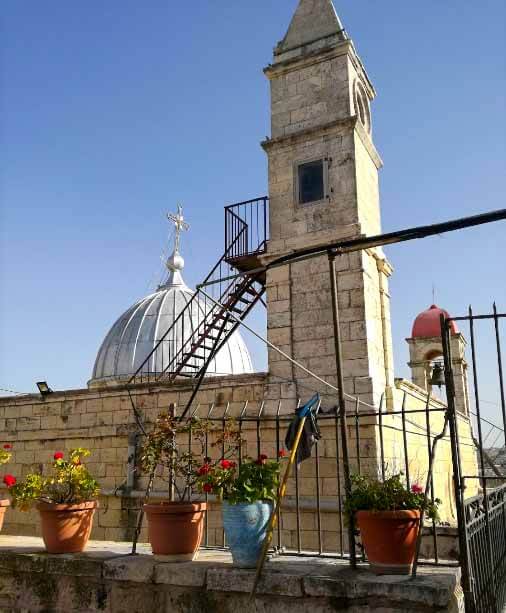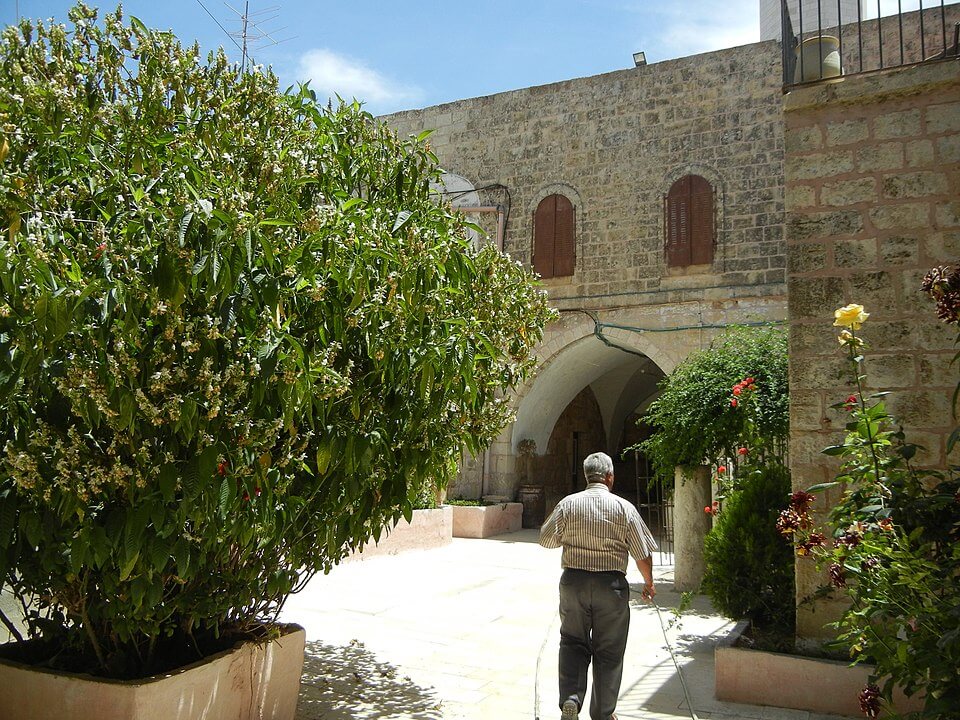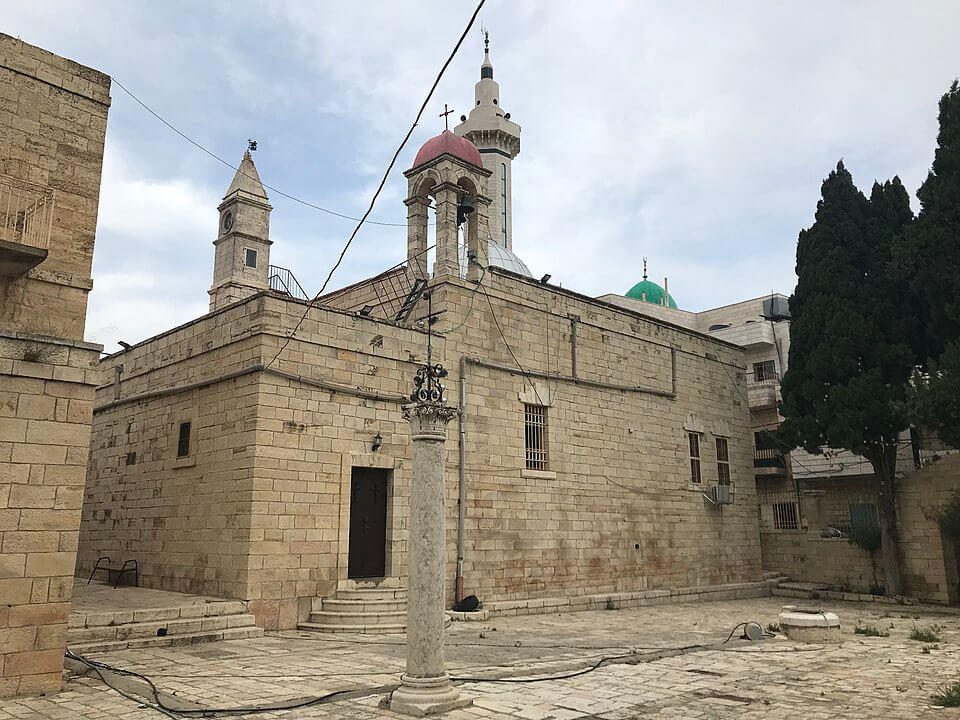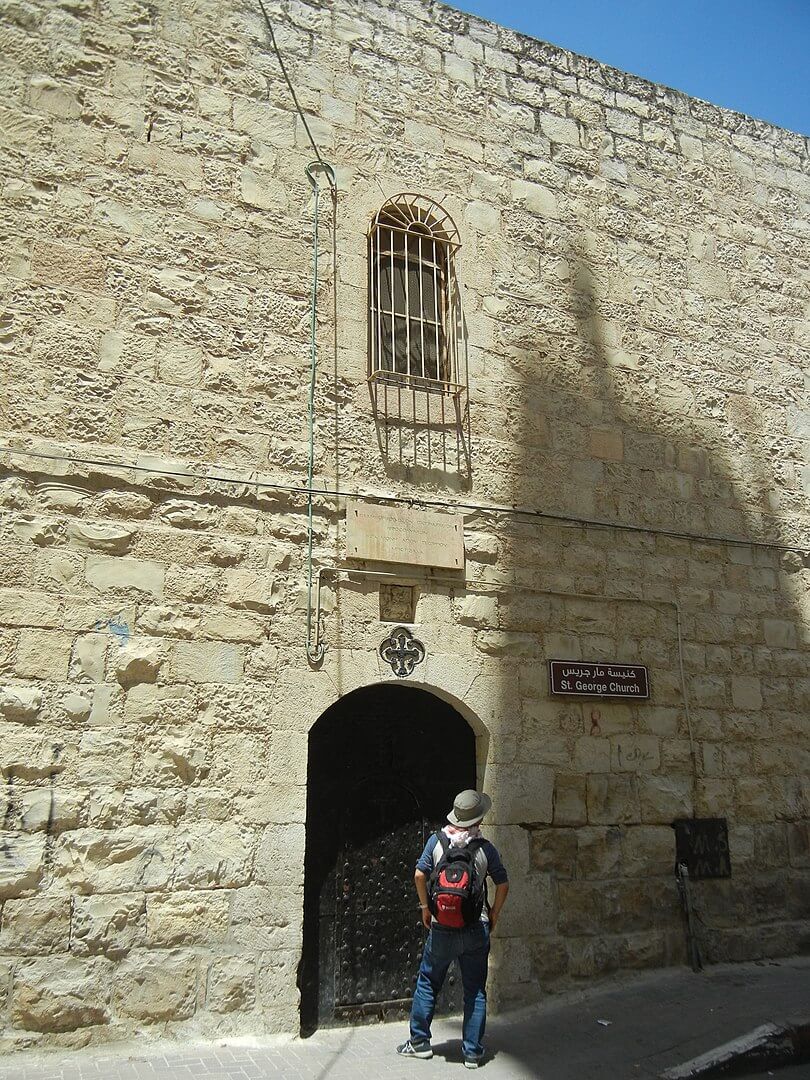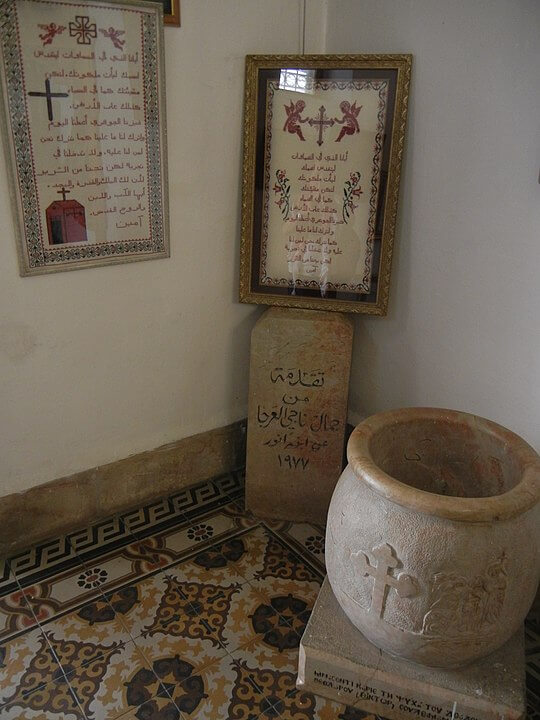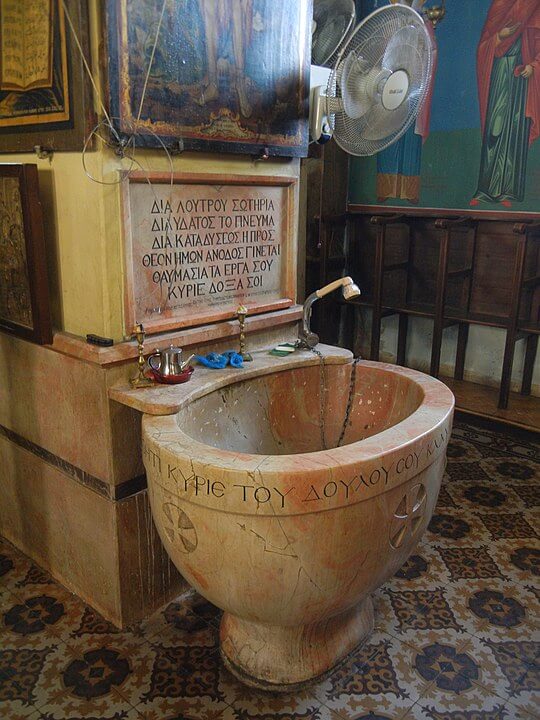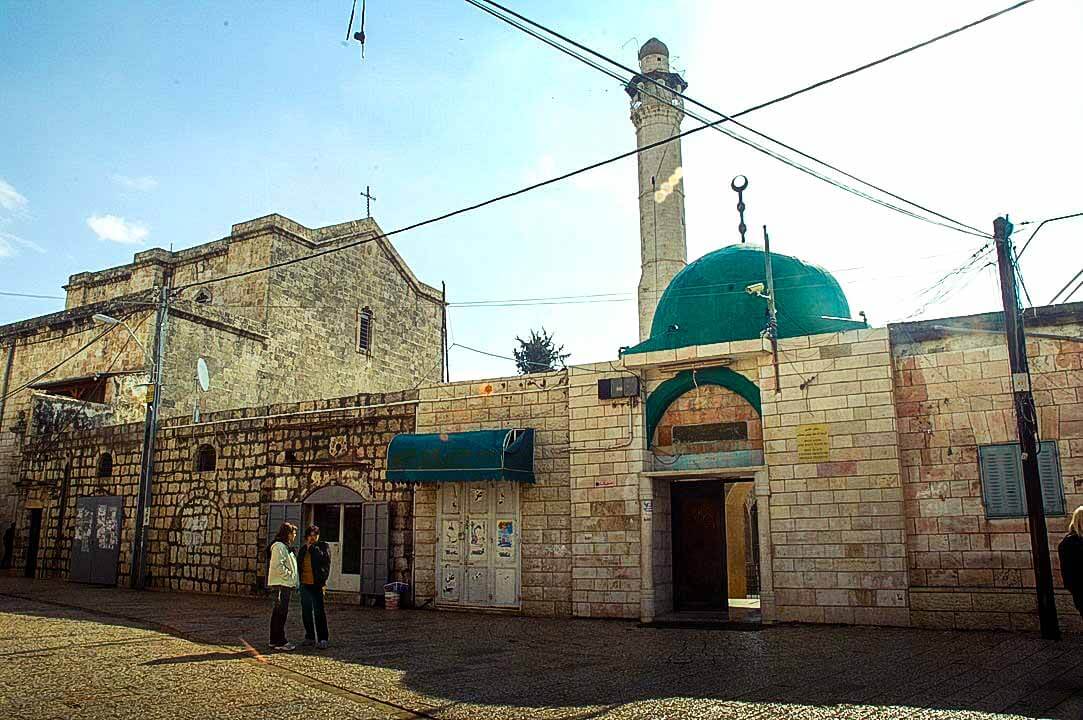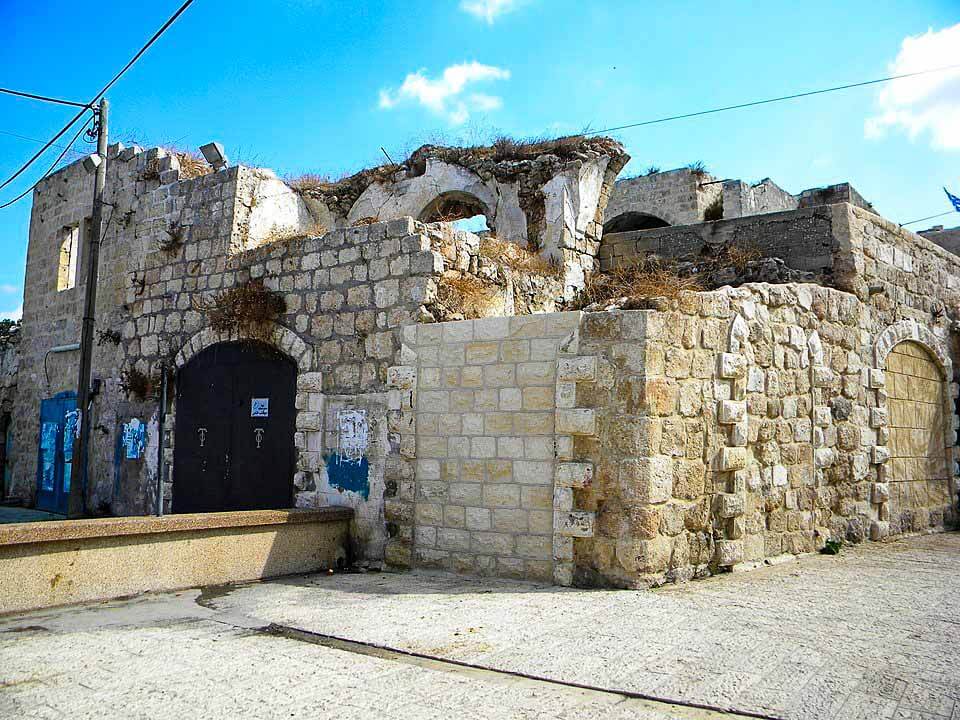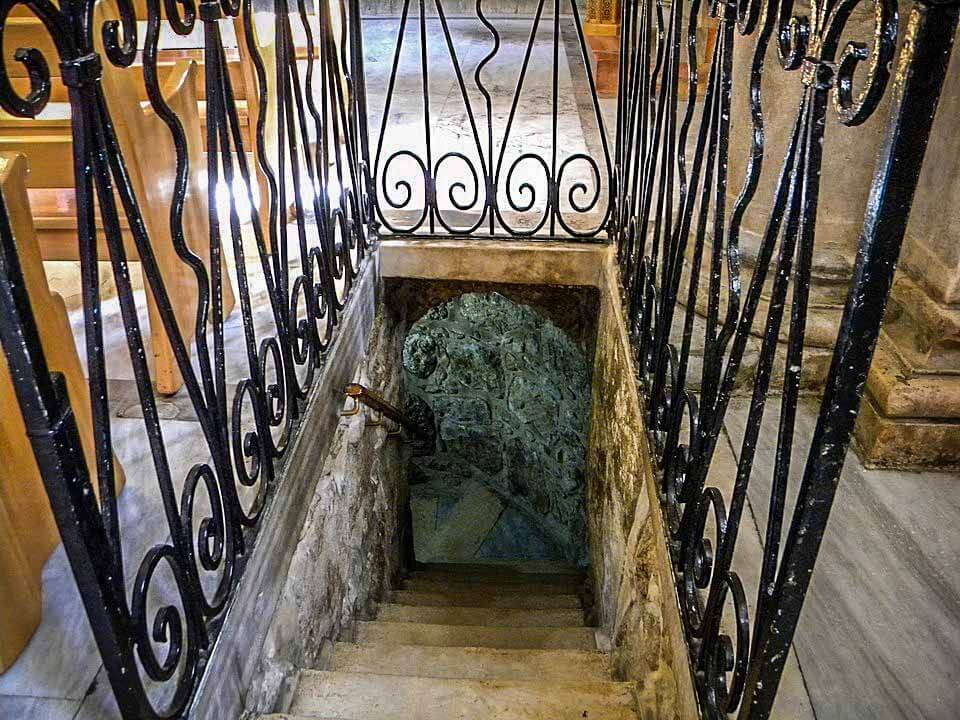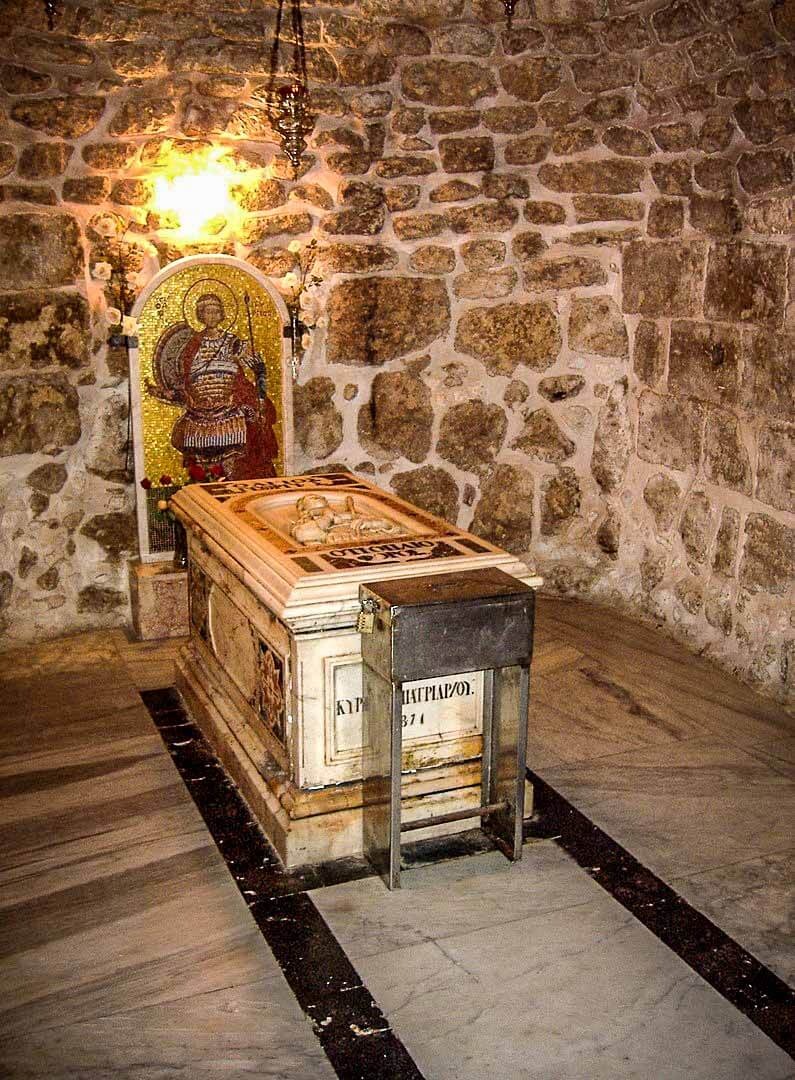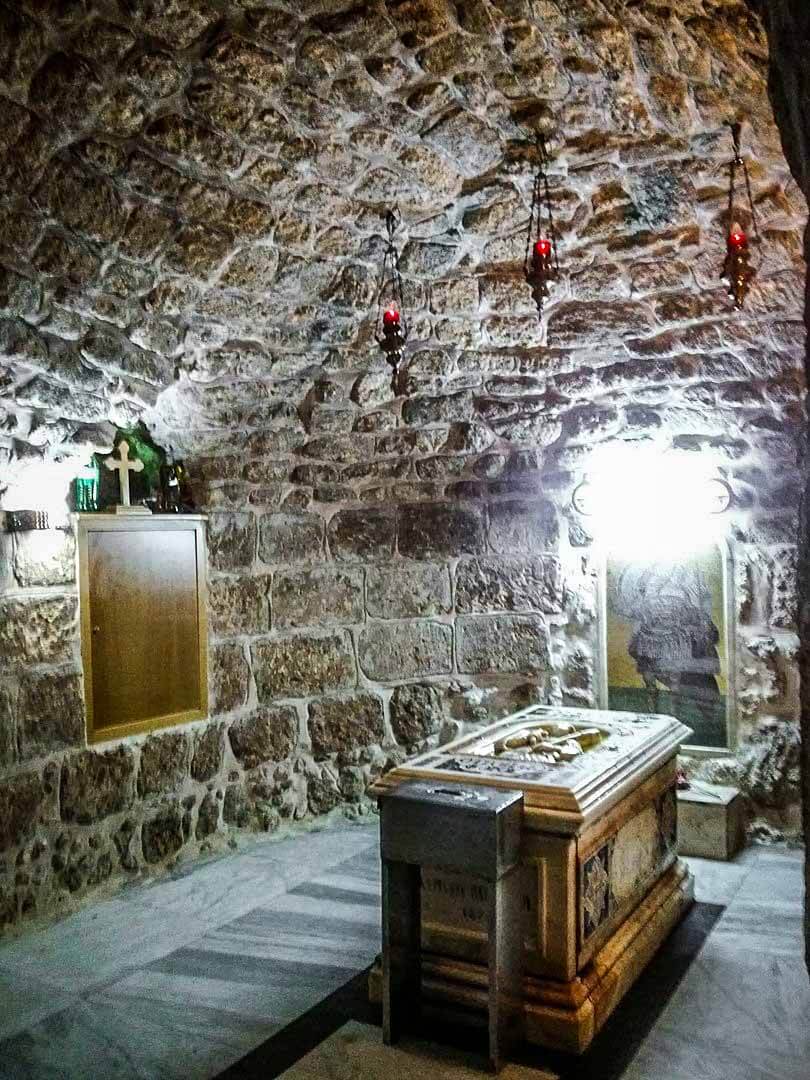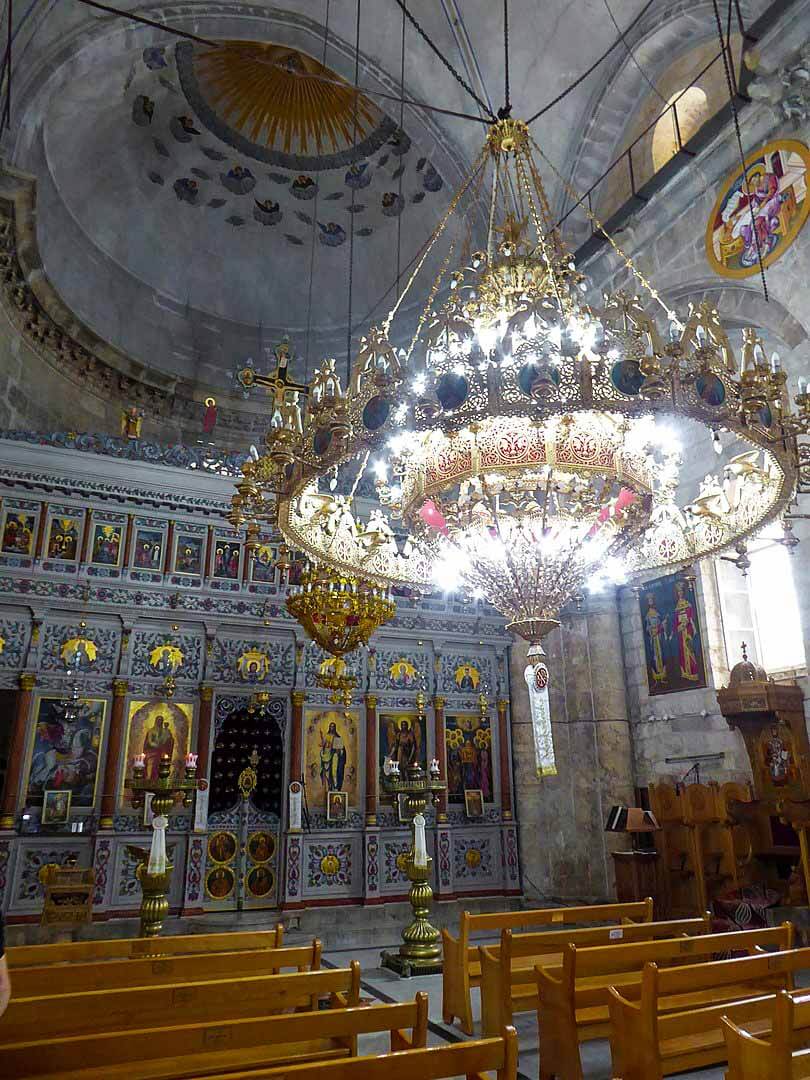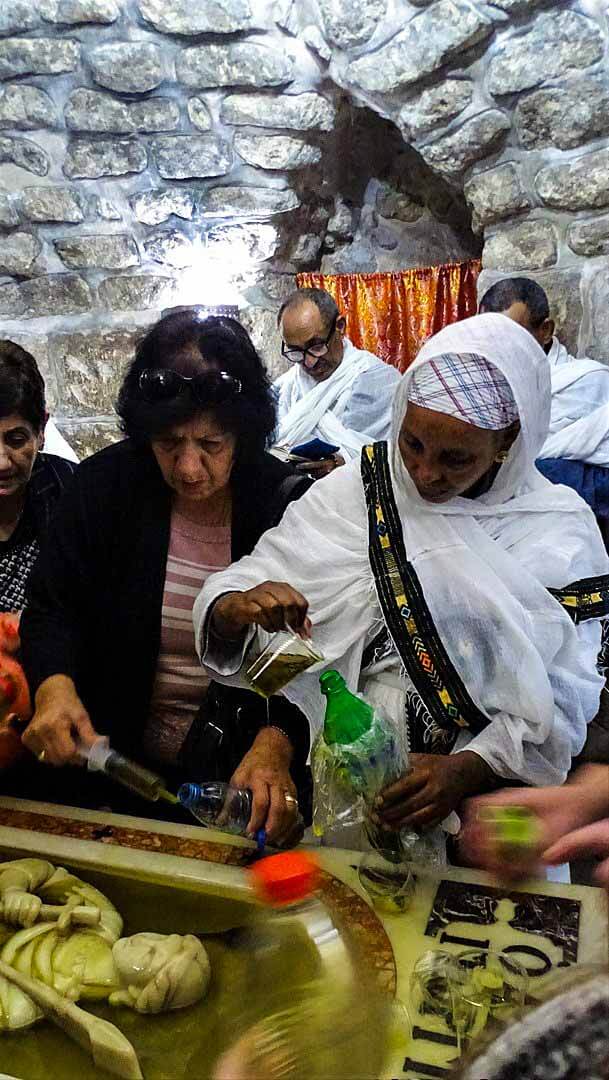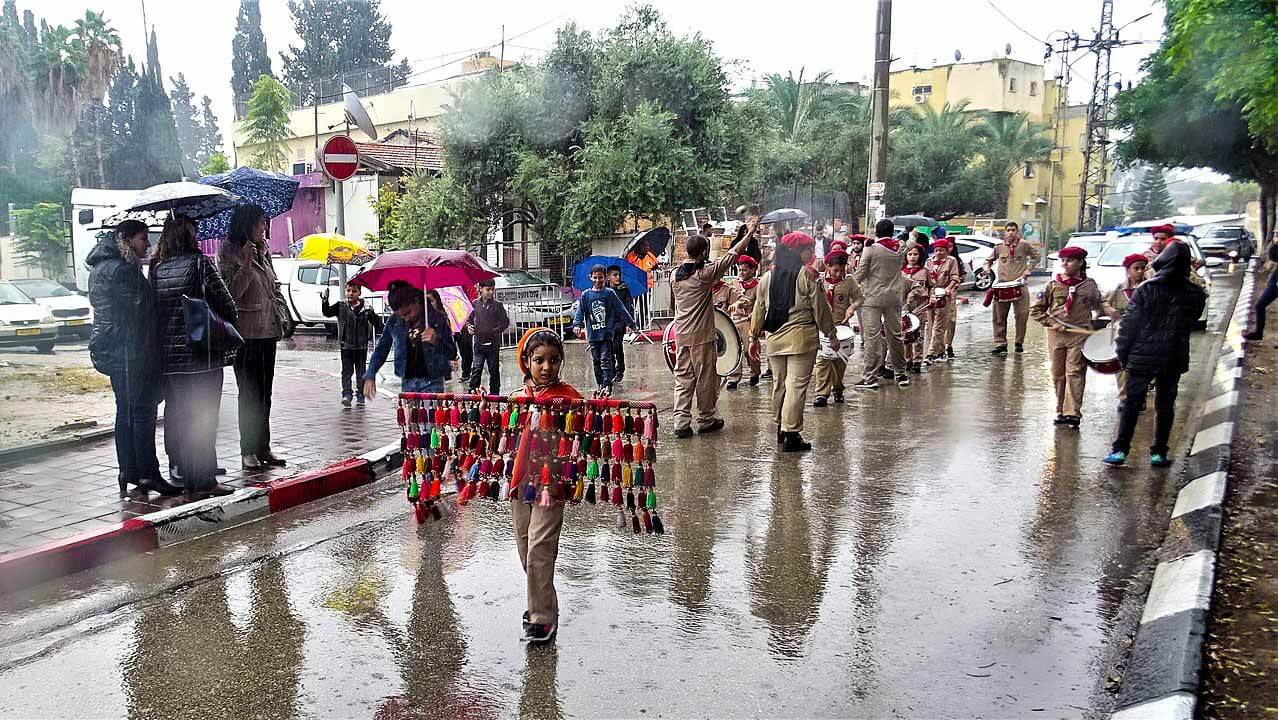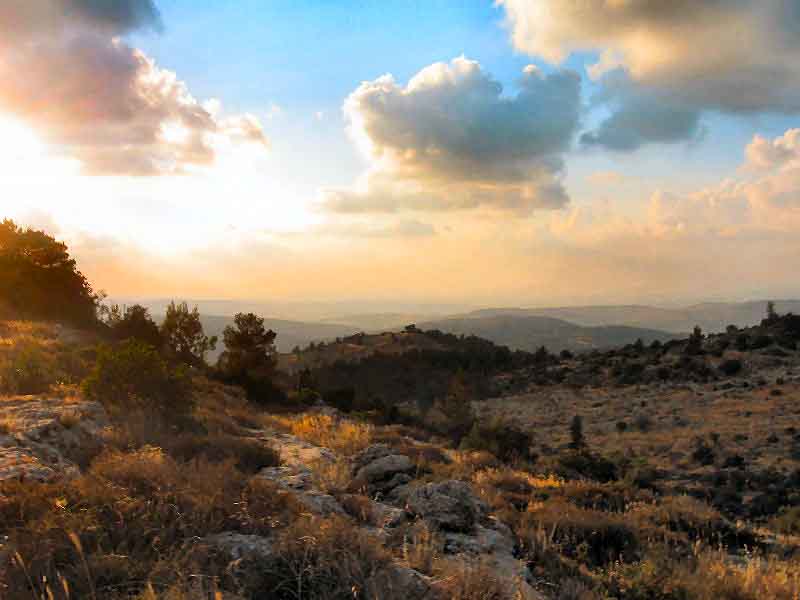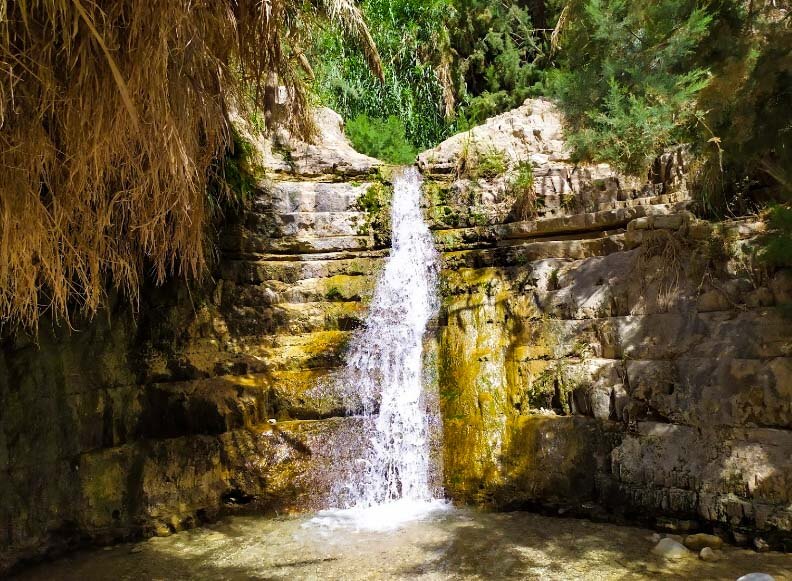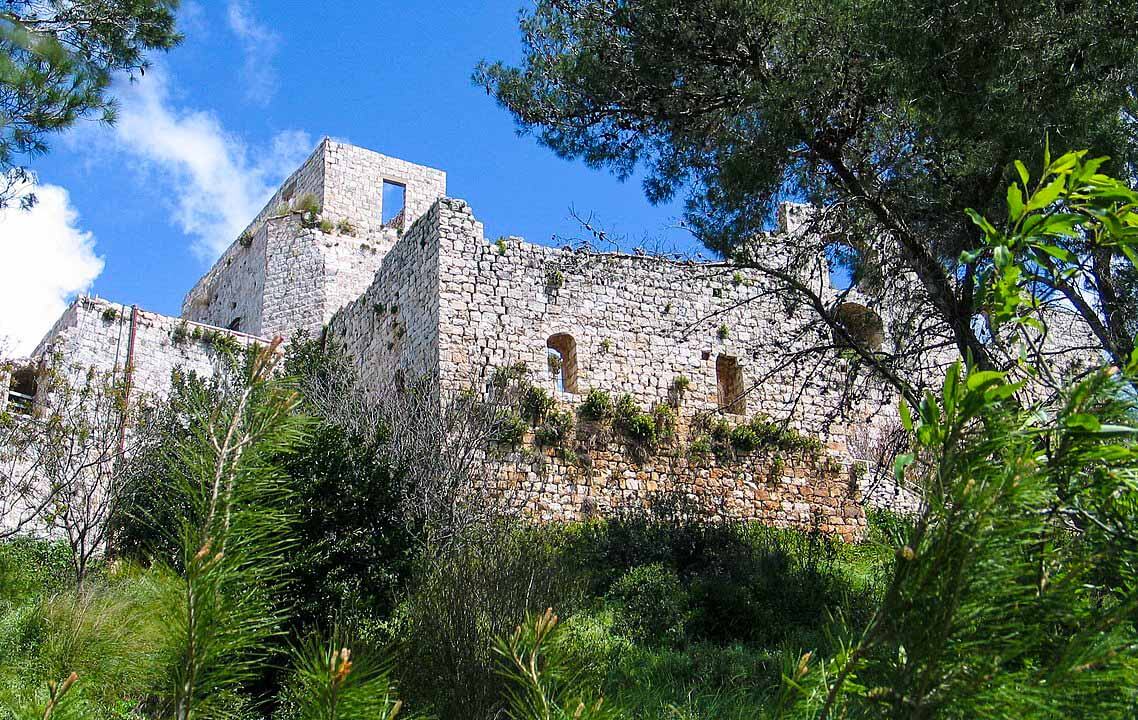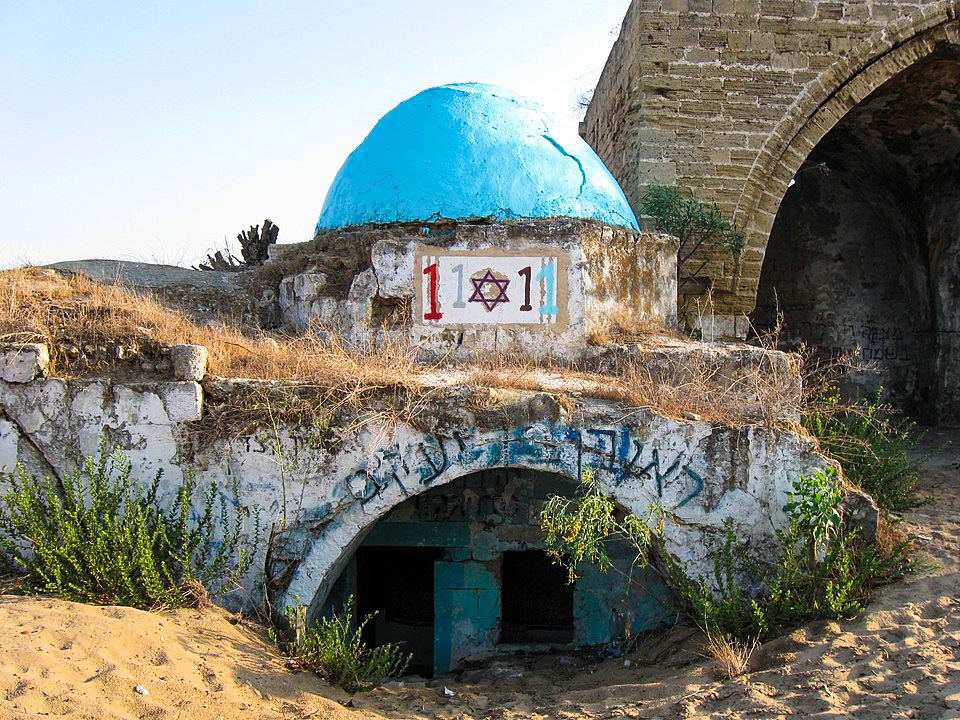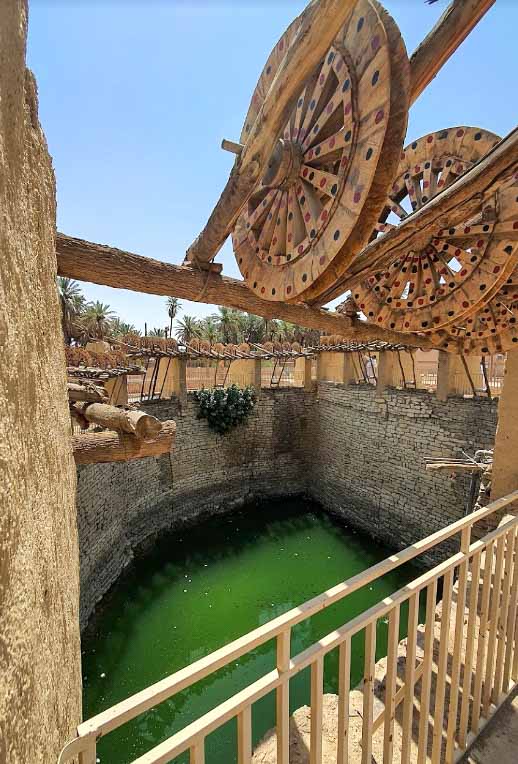Al Khader, Bethlehem – Palestine
Al Khader Monastery
Church and Mosque side by side in Lod
Coordinates: 31.703161, 35.161260
The Feast of Saint George (also called al-Khizr) is a Palestinian holiday commemorating Saint George, known as Mar Jeries or Jirjis and al-Khizr, in Palestinian Arabic.
The feast occurs annually on 5 May, and although it is originally a local Christian holiday, both Palestinian Christians and Muslims participate. The feast is held in the Palestinian town of al-Khader, just south of Bethlehem.
Here in the town of el-khizr, people celebrate this feast celebrating the life of Hz. Khizr عليه اسلام by muslims and St George by christians
This feast is also celebrated in Church of Saint George in Lod where it is said that St George is believed to be buried.
Images available are from both sites so don’t be confused. In both the feasts, Muslims and Christians take part and pay their respects to Hz. Khizr عليه اسلام according to Muslims and St George according to Christians.
Saint George Monastery in Palestine
The Saint George’s Monastery is an Eastern Orthodox Christian monastery in the Palestinian town of al-Khader, near Beit Jala and Bethlehem in the central West Bank.
The town of Al-Khader is named after Saint George who in Arab culture is known as “al-Khadr.”
According to local tradition, Saint George was imprisoned in the town of al-Khader where the current Monastery of St. George stands. The chains holding him were relics that were said to hold healing power.
Origin of the feast
Palestinian folklore suggests that the feast originated during the Byzantine rule of Palestine. According to the folktale, “the feast came and the young men stood together making their vows.
One said, ‘I will give a goat,’ another ‘I will give a sheep.’
Then Jirjis, the son of a widow, desired to offer something. They had but one cow. Then he said, ‘I will sacrifice a cow,’ and he went and killed the cow.” At evening time his mother called to him and said, ‘Where is the cow?’ He said, ‘I gave it to Al-Khizr. His mother said, ‘You have cut our lives. Let me not see your face again.’
That night, the young man had a vision. A white haired man appeared to him and said, ‘Fear not, I am Al-Khizr.
Religious traditions that includes both Christians and Muslims
Christian Traditions
Previously, the feast attracted Arabs from throughout Palestine to visit the Monastery of Saint George and trade loaves of bread, make sacrifices they vow to fulfill and gather for picnics under the olive trees surrounding the monastery.
The same tradition continues today, with many Christian pilgrims coming to baptize their children, due to the abundance of stories about the healing properties of Saint George.
Although the priest accepts meat as a gift, the Christian tradition of the monastery itself does not sacrifice the animals.
On the morning of 6 May, Palestinian Christians from Beit Jala, Bethlehem, Beit Sahour and other parts of Palestine would march in a procession to the monastery.
Islamic Traditions
Traditionally, Muslims guard the entrance of the church and welcome pilgrims.
Like the Christians, the Muslims too sacrifice sheep during the feast and offerings are stored in a sheep pen in the garden of the monastery.
In Islam, two sacrifices are offered: The first is the dhabihah, which requires that one-third of the immolated lamb be set aside for consumption by its owner, while the remaining two-thirds are for Allah and given as charity.
The second offering is that of a live animal, bequeathed as a gift to Saint George.
Muslim signs dot the courtyard of the monastery and traces of the sacrifices are evident in the form of the lamb hides left on the balustrades to dry.
In modern era since the priest in al-Khader town was the only Christian inhabitant of the town, Saint George’s Monastery attracted al-Khader’s Muslims.
During the Feast of Saint George in early June, the bridle of Saint George’s horse would pass over the bodies of visitors to prevent or cure any mental illness, for which Saint George was renowned.



